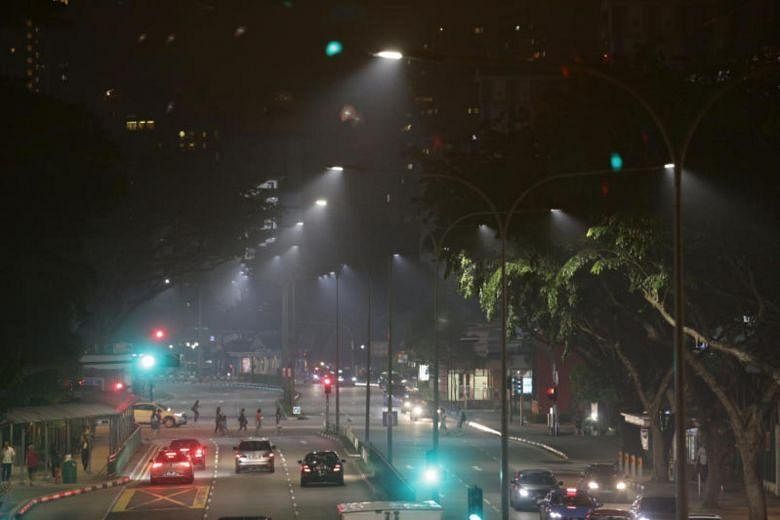SINGAPORE - The mystery chemical stench that cloaked the island on Monday (Sept 25) has been traced to an industrial facility in Pasir Gudang, Johor.
The National Environment Agency (NEA) said in a Facebook post on Friday (Sept 29) that it contacted its counterpart in Malaysia, the Department of Environment (DOE), to seek its assistance after the smell was detected on Monday.
It said: "The DOE has deployed resources in identifying the source of the smell. It has traced the source to an industrial facility in Pasir Gudang, and is taking action against the operator."
NEA added that it will continue to monitor the air quality levels in Singapore.
A large zone in the 311-sq-km town of Pasir Gudang is dedicated to heavy industries, and fumes and pollutants from the area have drifted to Punggol in past incidents.
On Monday, complaints first poured in from residents in Sengkang and Punggol about an acrid, chemical stench that was later detected by people in estates such as Ang Mo Kio, Yishun, Seletar and Bishan. Thick smoke also hung over some of the affected areas, residents said.
The NEA said its officers and those from the Singapore Civil Defence Force (SCDF) were sent to affected areas to carry out investigations and ambient air quality measurements immediately after they received the reports.
NEA officers checked factories in affected areas, and other possible sources of gas and chemical leaks.
"NEA and the SCDF did not find any abnormal factory operations or incidents in Singapore that could have caused the gas smell experienced," the NEA said.
It added that the winds were light and there was also some convergence of winds over the northern half of Singapore during the period when smells were reported.
"This might have led to an accumulation, and slow dispersion, of smells in that area," it said.
NEA added that air monitoring stations here detected low and safe levels of volatile organic compounds (VOCs) in the air.
VOCs can be human-made or naturally-occurring chemical compounds that easily enter the air as gases from some solids or liquids.
They are numerous, varied and commonly present, and each individual's reaction to VOCs may vary.

